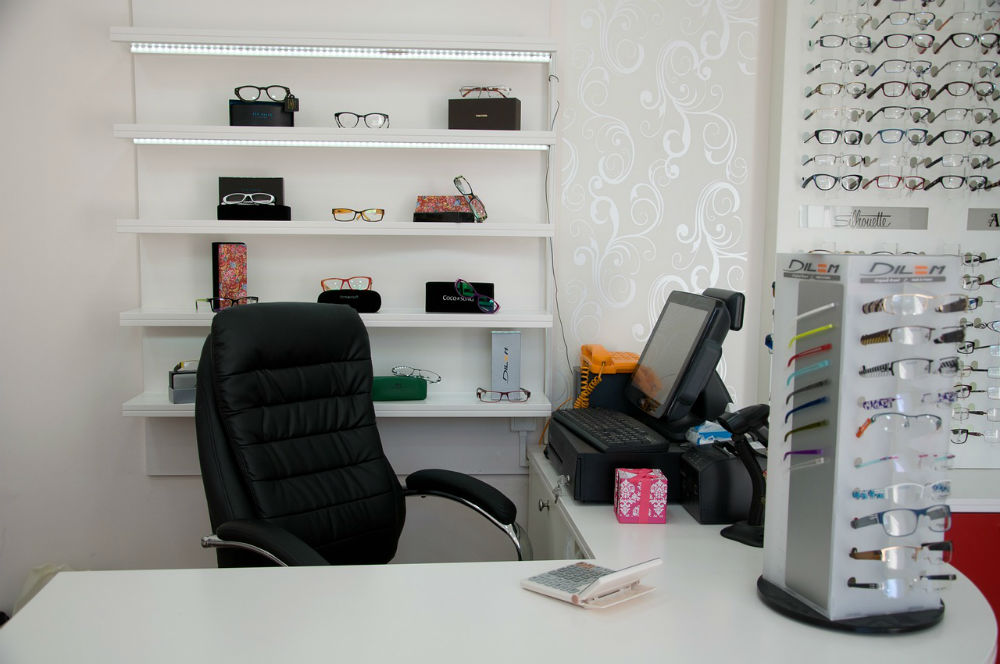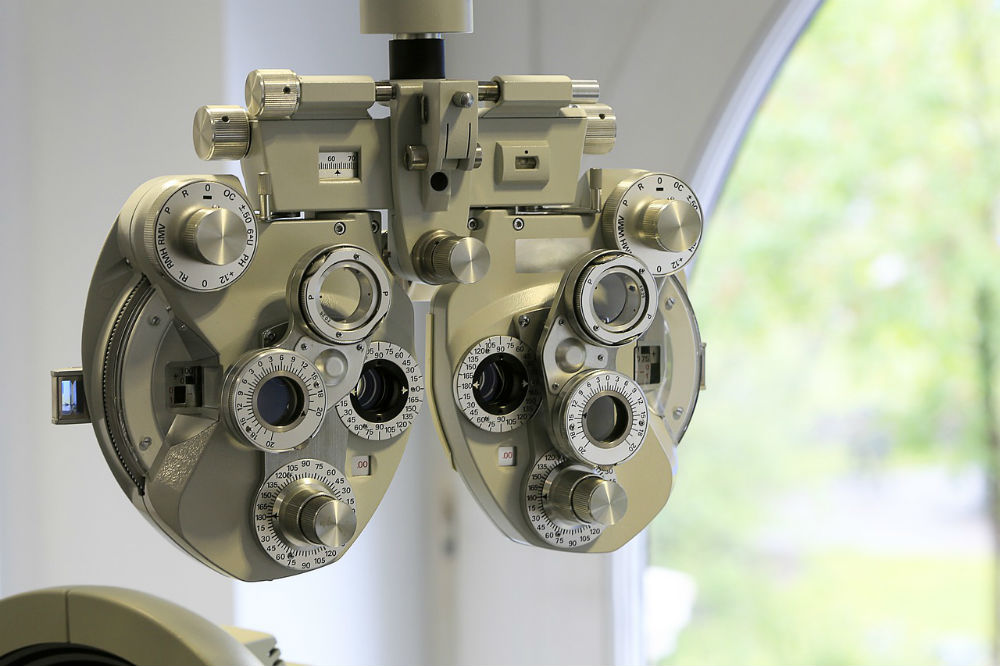
If you have never attended an eye examination before or if it has been some time since you did, you might feel a little apprehensive about what to expect. While it is not scary, it can be reassuring to understand a little more about the process beforehand. When you visit an optician, you should expect to have your eyesight tested, as well as undergoing a general health check of your eyes. Essilor take us through what you should expect on your visit to the optician.
Having an eye examination is incredibly important for a number of different reasons. Your eyes will rarely hurt, even if there is something wrong with them, so you probably wouldn’t recognise when it’s time to see a medical professional about your vision.
By seeing an optician, you can be confident knowing that your eyes are healthy and your vision is working as it should.
Types of opticians
You should have an eye examination every two years, unless you have been advised otherwise. There are two main types of opticians; an optometrist and a dispensing optician.
An optometrist is the person who will carry out the eye examination and check the health of your eyes. They are trained to recognise any abnormalities in your eyes or vision, including eye conditions such as cataracts, macular degeneration and glaucoma. An optometrist has the ability to measure your eyesight capabilities and will provide a prescription if corrective lenses or contact lenses are needed.
A dispensing optician is the person who will generally measure and fit your glasses. They can give advice on the different types of lenses and will be able to make a recommendation on the best lenses for your lifestyle needs and for your prescription. They can also help you to choose the right frames to suit your face shape and style as well as to fit appropriately for your measurements and corrective lenses.
What to expect during your eye examination: pre-test
Most of the eye examination process can be carried out without touching your eyes at all; this can be a common worry for someone who has never visited an optician before. While each eye examination is often tailored to your individual needs, there are some tests that will typically take place for every patient.
Firstly, the optometrist will likely ask you a few questions about your health and family history, and whether you have noticed any changes in your vision.
You may then undergo a pre-test before your full eye examination. One of the most common pre-tests includes the use a tonometer, which blows a gentle puff of air on to the surface of each eye. This measures pressure, and helps the optometrist to see whether you are at risk of developing glaucoma.
Another common test is autorefraction, which will determine how long or short-sighted you are. An autorefractor works by measuring how well your eyes are able to focus on a picture through two lenses. You are usually asked to focus on the image you see through the lenses, as it moves closer and further away from you.
The optician may take a picture of the back of your eye, using digital retinal photography. This image can be saved and is often used to monitor any changes in your eye health during future visits.

What to expect during your eye examination: health check
Once the pre-test is finished, the optician will have an idea of your eye health and vision capabilities. They can then check for signs of any medical conditions and make sure the structure of your eye is normal.
This is usually carried out through the use of an ophthalmoscope to check the back of your eye, optic nerve and blood vessels. The ophthalmoscope uses a light in order to help the optician look through it. You will likely be asked to look in different directions to help them see all around your eye.
The optician may use a slit lamp to examine the front surface of your eye, in order to check for any scratches or damage. To do this, you will be asked to rest your chin and forehead against a machine and look into a lens or light. The slit lamp is a microscope, and it can be a helpful check for those who wear contact lenses.
Finally, you will be asked to read a chart of letters through different strength lenses, in order to help the optician determine the best prescription for your needs.
Tagged in Health

